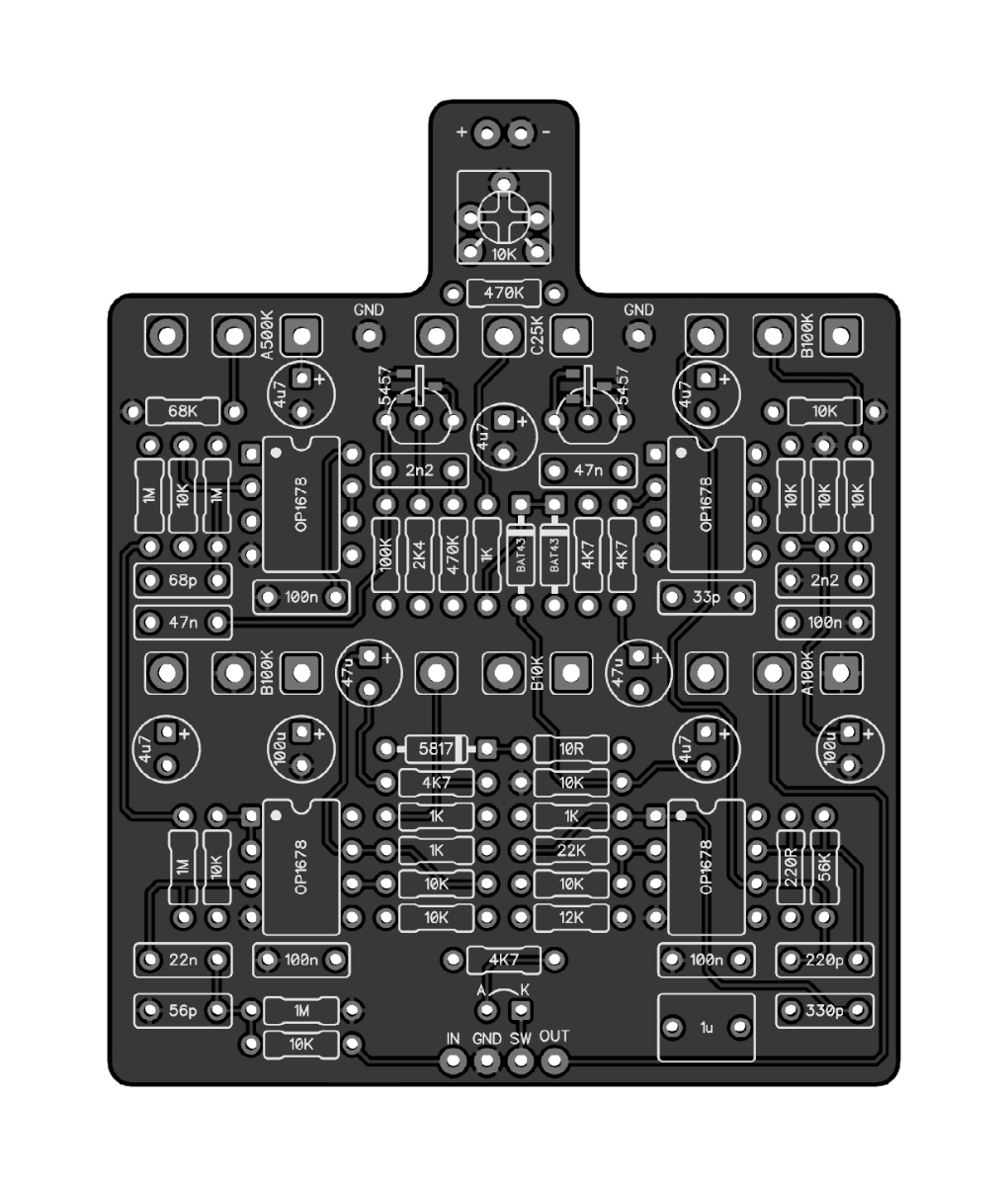notTHEwillienelson
Member
Upvote
18
I see what you did thereI like Andy’s demo, it’s a little more comprehensive.
I always assume a “mix” control means “good for bass”…Cool compressor. One I would likely use in the fx loop to even out the volume when rolling back volume to clean up/hitting amp with boost for more drive
Never could understand the mix controls that seem so popular with the young kids these days. When using a compressor/limiter to actually control dynamics, it defeats the purpose, and when using it for the squishy pumping effect, it would make an already subtle effect even more subtle. But maybe I need to actually play around with one that has it a bit more.
Still think this is a nice sounding comp (if you can really tell given YouTubes already strong compression)
But wouldn’t mixing in the non compressed (uncompressed?) signal eliminate the transient protection a compressor limiter provides, which is crucial for protecting speakers?I always assume a “mix” control means “good for bass”…
That’s not why a bass player is using a compressor. There’s lots of ways to use a compressor, but the one not often talked about is how sometimes studio compressors are designed to go well after the source, like an egg wash on a loaf of bread…makes it all crisp and beautiful. Sometimes, though, eggs (compressors) are used to MAKE the bread; an ingredient in the final product. In that case, especially with bass, you want to be able to add low end back in. Of course, that makes sense with a Dynacomp. But a big old fancy studio comp should be able to add low end on its own…But wouldn’t mixing in the non compressed (uncompressed?) signal eliminate the transient protection a compressor limiter provides, which is crucial for protecting speakers?
We were really reckless in the 70s.But wouldn’t mixing in the non compressed (uncompressed?) signal eliminate the transient protection a compressor limiter provides, which is crucial for protecting speakers?
Thank you. That is a great explanation... and something i need to play around with (even if I don't have a compressor with a mix, I can simulate that with dual paths in my HelixThat’s not why a bass player is using a compressor. There’s lots of ways to use a compressor, but the one not often talked about is how sometimes studio compressors are designed to go well after the source, like an egg wash on a loaf of bread…makes it all crisp and beautiful. Sometimes, though, eggs (compressors) are used to MAKE the bread; an ingredient in the final product. In that case, especially with bass, you want to be able to add low end back in. Of course, that makes sense with a Dynacomp. But a big old fancy studio comp should be able to add low end on its own…
If you remember the 70s, did you REALLY live it?We were really reckless in the 70s.
So you’re saying sometimes when you play bass you really want to make challah or brioche?That’s not why a bass player is using a compressor. There’s lots of ways to use a compressor, but the one not often talked about is how sometimes studio compressors are designed to go well after the source, like an egg wash on a loaf of bread…makes it all crisp and beautiful. Sometimes, though, eggs (compressors) are used to MAKE the bread; an ingredient in the final product. In that case, especially with bass, you want to be able to add low end back in. Of course, that makes sense with a Dynacomp. But a big old fancy studio comp should be able to add low end on its own…

I know you'll make the schematic available later, but if you don't mind me asking: is it really based on the urei compressor or more in line with other fet compressors (rothwell, rockman, orange squeeze, etc)?
The two jfets and the trimmer suggested this! ThanksThere's a bit more going on than the typical clone, but the core of it is an Orange Squeezer.
